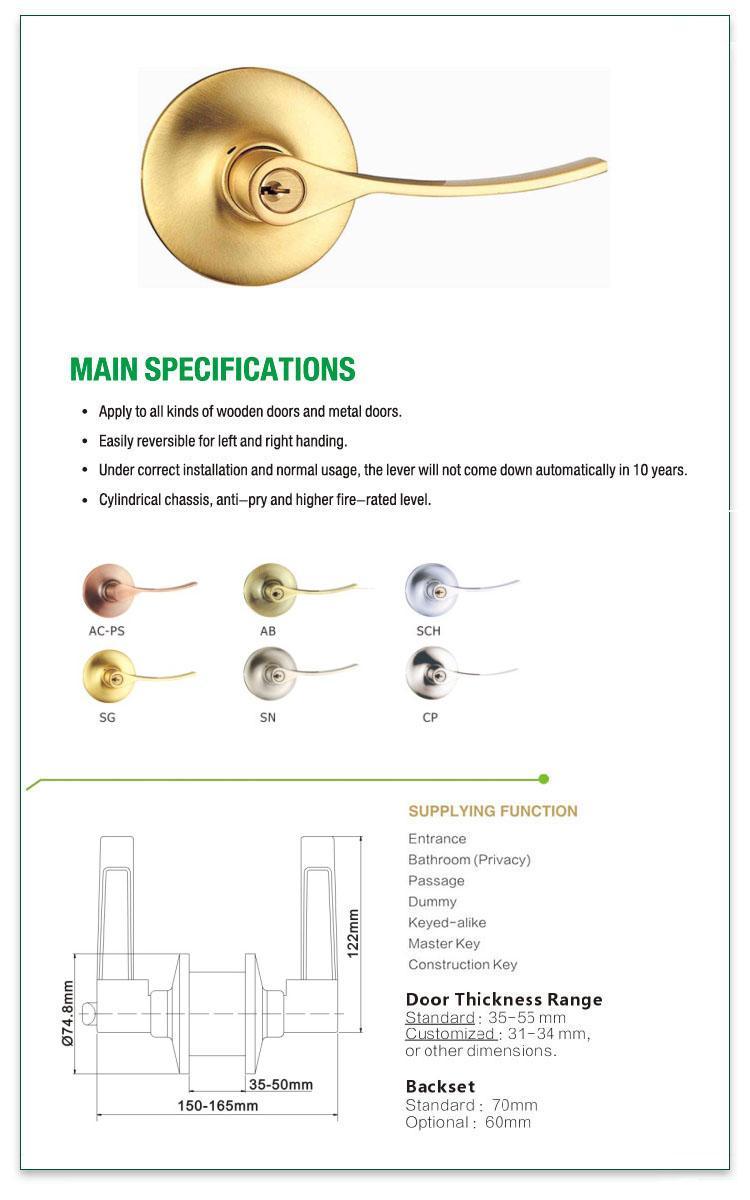Door locks are used everywhere, but they are not all the same. In fact, even the shape of the lock changes.The variation can complicate the most basic access control designs, and not being aware of the differences can result in costly mistakes.
Inside, we compare the 3 common types used worldwide and address their respective pros and cons for each:
Euro
Oval
Mortise Profile
Mechanical Locks Impact Electronic Access
Increasingly in electronic access control, attention must be paid to the mechanical locks. With the emergence of 'stand alone' lock systems and retrofit solutions and other Digital Locks / eCylinders, new equipment must be purchased that works with existing keying systems and door preps. This requires even an electronic access focused tech to understand mechanical-only components like door locks.
Major Lock Profile Types
Euro Profile
European locksmiths agreed on a 'standard profile' of door locks over 150 years ago. In general, standardization would make manufacturing and servicing locks easier, and the 'Euro Profile Lock' became the shape that was a compromise of several leading types.
A key attribute is they are sold in 'dual cylinder' configurations - or rather, be made to lock with a key both from the inside AND outside of an opening - an orientation typically illegal in North America.
Pros: Lock fits the deep, narrow doors common in Europe, some dating to Medieval periods. 'Modern' pin tumbler internals.
Cons: The thin profile can be easily broken, and modern doors may not be deep enough to fully support the deep lock.
Indeed, the snapping risk often means Euro locks can be defeated with common handtools in seconds. The video below gives an example:
As a result, many higher-end, higher security Euro locks are built with 'anti-snapping' design, where the lock may still be vulnerable to breaking, but defeating it to unlock it once broken is protected by internal locking bars or other wafers that freeze in place.
Oval Profile
This profile is a variation on the Euro Profile, but has limited use in N. America. Because the profile is wider, the lock is not as precise to machine and larger pins can be used inside, lowering the manufacturing cost relative to European Profiles.
Pros: The larger profile makes the oval profile more difficult to break and tamper.
Cons: However, the use of larger pins makes oval locks easier to pick than other types.
Mortise Profile
Taking the name from the 'mortise lockset' where it first was installed, this profile is essentially an 'American' standard profile and is used in many different types of locking hardware.

Pros: Threaded housing is securely installed into a door, and is a substantial piece of metal that cannot be snapped/broken like the 'Euro Profile'.
Cons: Because of their substantial size, customized mortise lock cannot fit every door and every lockset. The larger size also requires more base metal to manufacture, resulting in higher relative costs.
Pricing
The cost of these profiles range widely, depending on construction materials, security features, and branding.
Lock cost is highly variable based on brand, keyway restrictions, master key system compatibility, and construction materials, with machined brass or steel alloys having a higher production cost than mass-produced stamped metal or metal-injection-molded materials.

